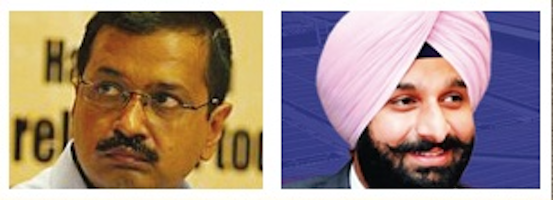Taliban have sent a clear message that they care little about what the world thinks of them
The debate on whether the Taliban would form an “inclusive government” representing all sections of Afghan society was laid to rest by the Taliban themselves on September 7 when the group’s spokesman, Zabihullah Mujahid, announced the formation of the new administration of the ‘Islamic Emirate of Afghanistan’. Of the 33 Cabinet Ministers named, 30 are Pashtun, two ethnic Tajiks, and one is Uzbek. The Taliban are predominantly Pashtun, who make up some 40% of Afghanistan’s ethnically diverse population of 40 million. Women and the Hazara Shia minority — both faced targeted harassment and discrimination when the Taliban were in power in the 1990s — were excluded completely. Seventeen Ministers are on the UN sanctions blacklist for terrorists, including the head of the government, Mullah Hassan Akhund, and Sirajuddin Haqqani, the head of the Haqqani Network. Mullah Hibatullah Akhundzada, the Taliban’s reclusive emir, will be the ‘Amir ul-Momineen’ (commander of the faithful), a title Mullah Omar had assumed in the 1990s. With the Cabinet portfolios allocated to the Taliban’s core and the Haqqanis and introducing a system that resembles the previous Islamic Emirate known for its disregard for basic human rights, the Taliban have sent a clear message that they care little about what the world thinks about them.
Today’s Taliban appear to be stronger than their last avatar. In the 1990s, only three countries recognized the Islamic Emirate; the Taliban also never controlled the whole of Afghanistan. But now, more regional powers are ready to engage with them, including China and Russia. The group has also claimed total control over the country, with Panjshir, the last holdout, overrun earlier this week. With the new government, a stronger Taliban are trying to tighten their grip, though it may not be easy. Ever since Afghanistan became a republic in 1973, no government in Kabul has managed to stabilize the country. The ethnic, religious and political contradictions are too deep to be glossed over by the Taliban’s divisive Islamist Pasthun nationalism. In Panjshir, the rebels may have withdrawn to the mountains, like the Taliban did in 2001, but they could regroup and hit back like the Taliban did after 2005. The total exclusion of Shias and marginalization of other ethnicities could blow back in the near term. Afghanistan has also seen the emergence of a vibrant civil society, especially in its cities, which may not accept the Taliban’s rule of the Mullahs quietly. Already, the crackdown on women’s rights has sparked large-scale protests by women in Kabul and elsewhere, which was unimaginable in the 1990s. If the Taliban were wise, they would have focused on healing the wounds of the long war and rebuilding the ruptured state and society. But the Pashtun, Islamist, sectarian Taliban seem programmatically incapable of doing that.
(The Hindu)





Be the first to comment